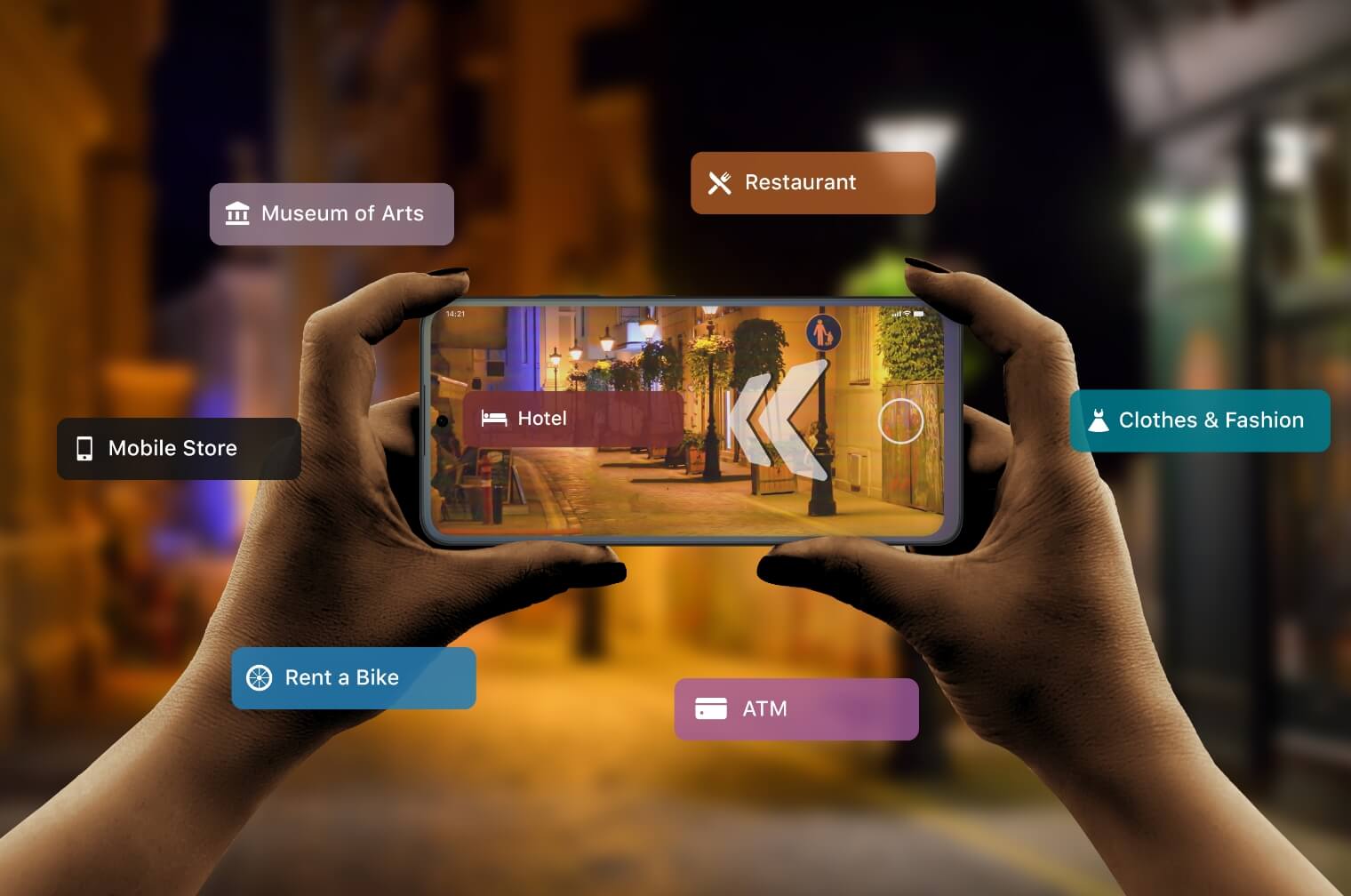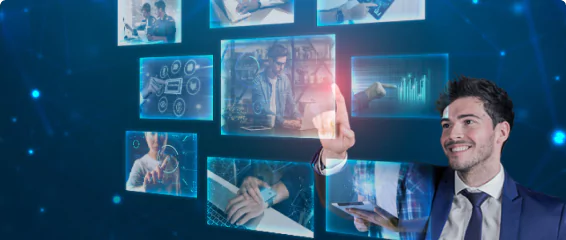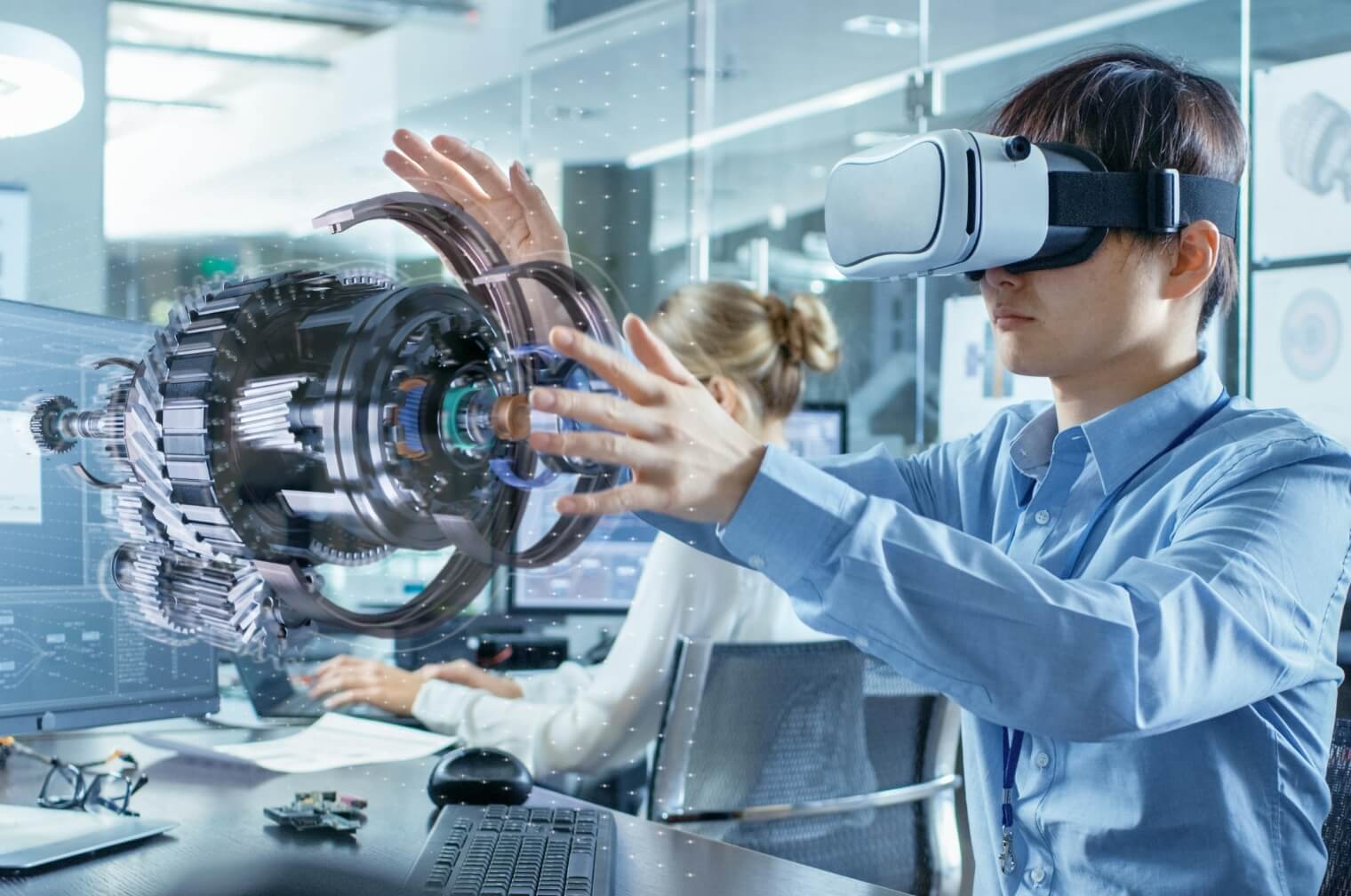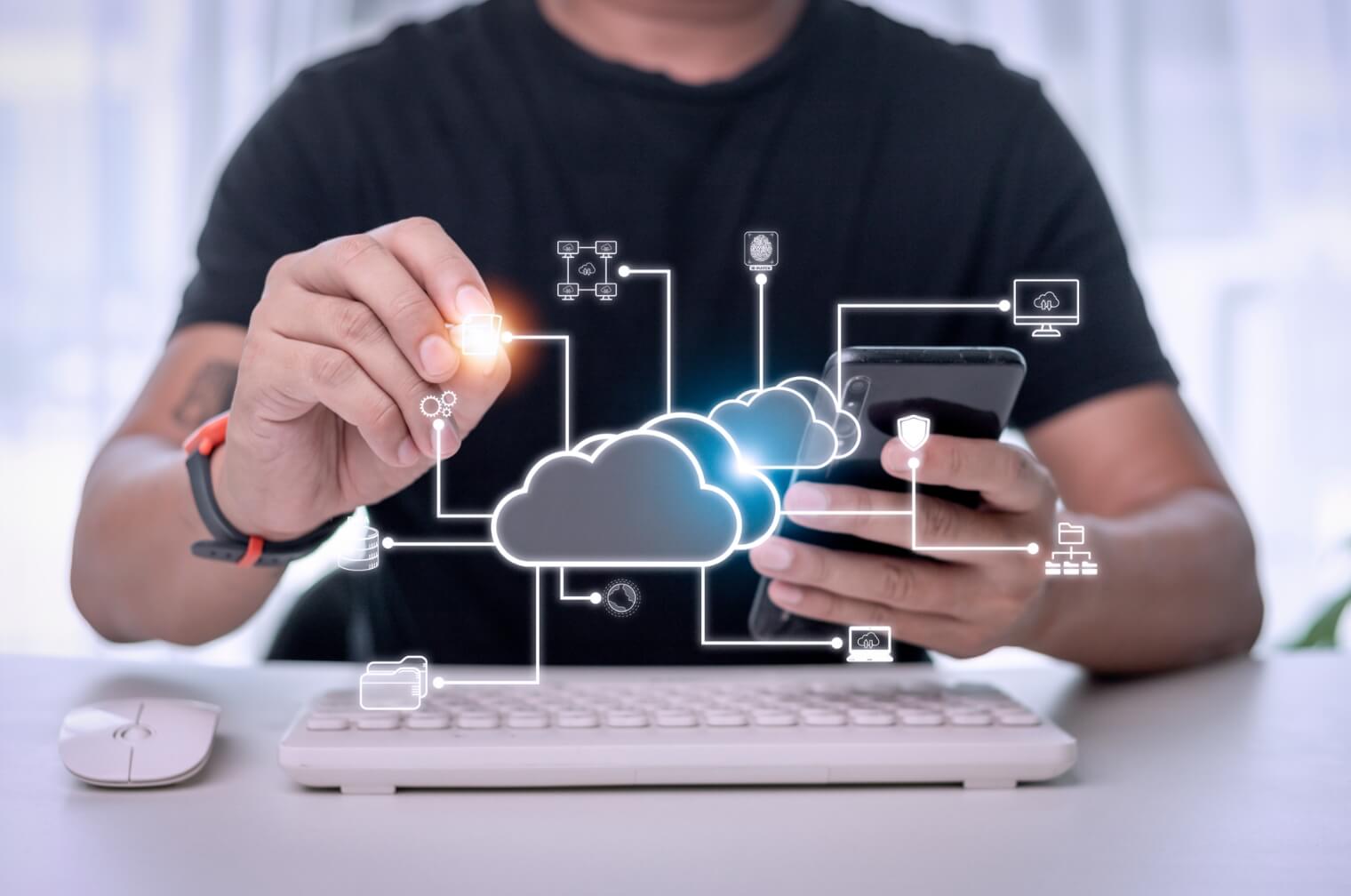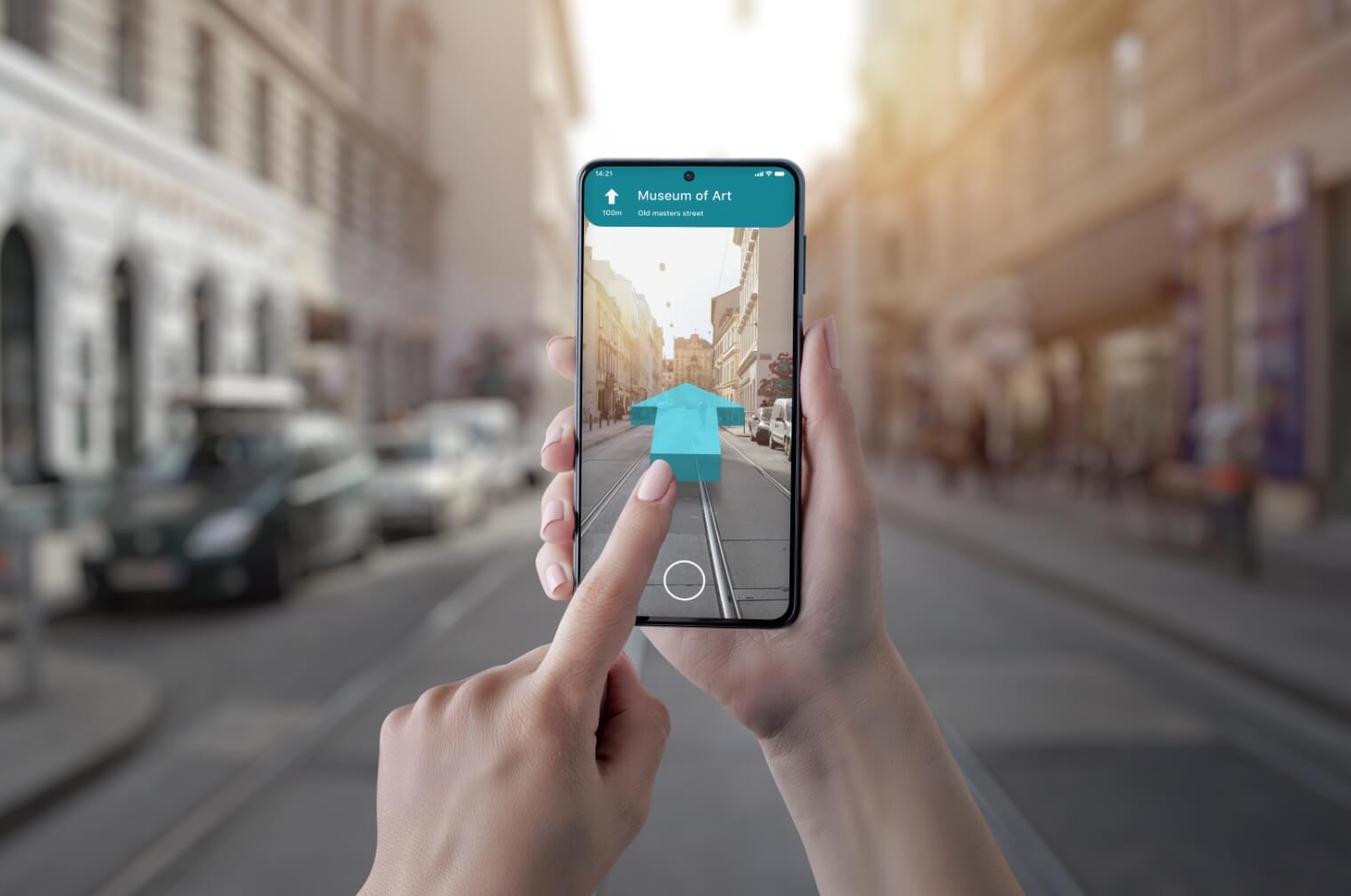Machine Learning and AI for revolution of Tech Companies are changing and streamlining businesses.
Augmented Reality is a technology that enhances reality by weaving real world with computer-generated perception and gives user an interactive experience by augmenting reality. Once installed it requires near zero guidance. Today, it’s being used in varied fields- advertisement, entertainment, consumer-friendly business frameworks and exercise etc. Augmented Reality start-ups are projected to touch more than a billion in a few years.
Ever sent a snap using filters on your photo? Yes! Congratulations you have successfully used Augmented Reality. Everyone’s talking about Augmented Reality today. It seems like some rocket science but it is not. Snapchat filters, Pokemon Go etc have all used AR to enhance user digital experience. Let’s understand AR further:
Evolution of Augmented Reality
It was developed by the “Father of Graphics”, Sutherland in the year 1968 and since then it has made its presence in every possible field. Augmented Reality became popular amongst advertising agencies specifically in Germany. Gradually the technology was adopted by companies like National Geography and Disney. In its next phase, AR brought revolution in customer’s experience by introducing the concept of “Try-On”. From watch to jewellery to house architecture, it provides “real” feel and hence definitely enhances user-experience. Now, it’s also being used in museums to bring alive the streets that are 1000s years old. Augmented reality thus, brings alive the past, enhances the present and shows the future!
Working of Augmented Reality
- Capturing the reality: First of all, one needs to have equipment like camera or sensors to capture the reality. Better quality camera provides better Augmented Reality as there is better depth information.
- Processing of data: As actual reality is being enhanced in AR therefore, one needs to process a lot of parameters such as depth, speed, position etc. With the advancement of technology this has become an easy task for our existing hardware structures such as- our smart phones.
- Layering: After capturing and processing of data. Layers of information are added to create an immersive experience.
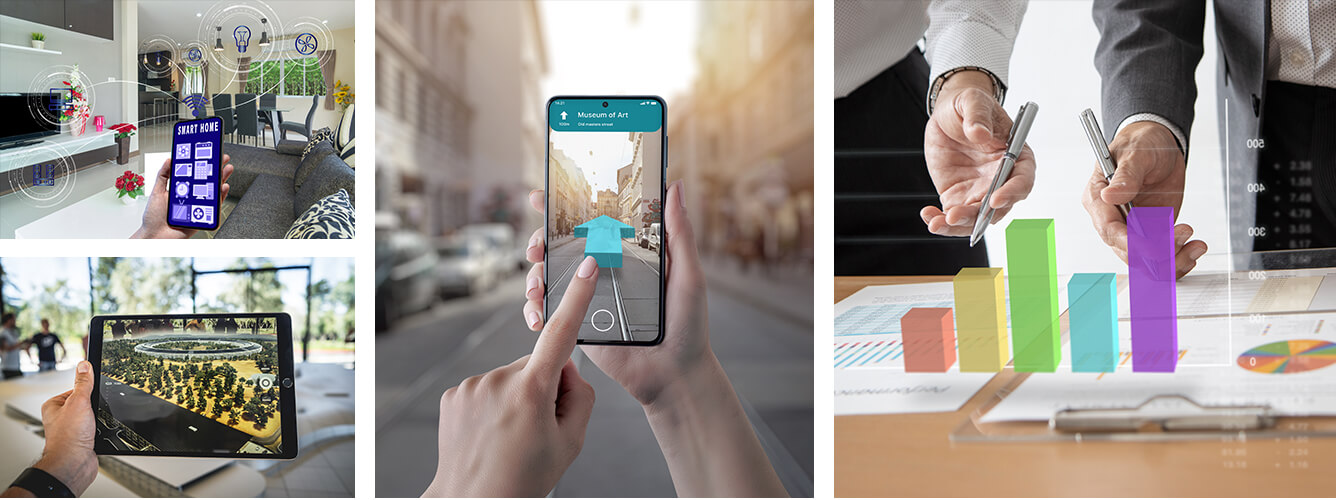
Applications of Augmented Reality
Industries today have realised that the opportunities provided by AR are difficult to achieve using other technologies. AR is steadily forming roots in different industries today.
- Healthcare: AR is proving to be a life-saving and life-easing technology for patients and doctors. It is being used to train new doctors. It helps nurses find veins easily for inserting IV. A company NuEyes has developed AR glasses to help blind children see well enough to read and recognise people.
- Education: Augmented Reality can revolutionise education by making it an interactive experience for students. For example, in subjects like Geography– explaining core of the Earth or vastness of the space becomes interesting. It also improves retention of knowledge in students. Not only this but AR Flash Cards can be used for younger kids to show them “A for Aeroplane”. This is definitely the future of education.
- Training: AR has become an important tool for Human Resource Managers for onboarding and training of employees. It not only increases efficiency of training but also reduces its duration. It can help to practice tasks, re-skill, up-skill and guide employees so that they learn at their own pace.
- Tours and travel: It is increasingly being used to provide additional authentic information about the landmarks, paintings in a museum, historic buildings etc in one’s own language. It also provides guidance at places like Airports.
- Entertainment: Before buying tickets for a stadium or a theatre you can have a 3D view of actual seat position vis-a-vis stadium or theatre, Thanks to AR. Many sports leagues are using this technique for enhancing their user-experience and also to show statistics of the game, parameters such as speed of the ball etc in real time.
Real world examples of Augmented Reality
- Ikea Place app: It allows user to scan the room or the house for which furniture is to be bought and hence aids in the choice of color and design using this new interactive environment.
- Sephora’s Virtual Artist / Lenskart: It uses AR technology to help users try the product without actually buying them and making an informed choice. Starbucks is set to open an immersive coffee wonderland.
- Pokemon Go: An AR game wherein there is imposition of digital pokemon in the real world gained immense popularity.
What is the difference between AR and VR?
The fundamental difference between the two is that Virtual reality is set in a virtual world whereas Augmented reality is set in the real world, enhancing the actual events. Virtual reality requires specific equipment such as VR headsets, glasses, controllers etc whereas Augmented Reality requires simple hardware such as a smart phone. Virtual reality fabricates entire world using heavy graphics and giving out of the world experiences to the user whereas Augmented Reality only adds new information to the existing real world.
Future of AR
The industry of Augmented Reality and the Virtual Reality are a high yielding industry set to reach $25 Billion in the coming years. No sector will remain untouched by these technologies. Healthcare sector alone will gain more than $5 billion by the year 2025. It will also boom the employment sector providing millions of jobs in these fields. According to Statista, the AR market size will touch over 198 billion U.S. dollars by the year 2025. AR is the future and it is here to stay.
Conclusion
Looking at the applications of Augmented Reality in today’s world, it can be said that it is still in the stage of “infancy” because of the enormous potential that is yet to be explored. It is definitely a tool to improve standard of living, enhance entertainment experience and revolutionise work places and consumer-experience. With the advancement in technology and more research in the field we will see the true potential of Augmented Reality but at the same time we need to strengthen our privacy framework so that the “boon” provided by AR does not turn into “bane”.




